Table of Content
- Introduction
- An Overview of the ACLS System of Care
- What Are the Elements of a System of Care ACLS?
- Common Scenarios Managed in ACLS
- Top Take-home Messages from ACLS Systems of Care
- Explore the ACLS System of Care Guide Now
The International Liaison Committee on Resuscitation (ILCOR) guidelines describe the System of Care as a distinct and inevitable part of Advanced Cardiac Life Support (ACLS) training. This system outlines an organized structure of professionals and procedures for managing cardiac emergencies. Healthcare professionals can care for patients by following this guide, which focuses on timely management. Let’s discuss how hospitals, staff, and other healthcare communities should implement Systems of Care ACLS for better patient outcomes.
Master ACLS Now
Get ACLS certified with confidence
An Overview of the ACLS System of Care
ACLS helps manage patients with severe cardiovascular emergencies and is built upon Basic Life Support (BLS) principles. The Systems of Care guide teaches professionals about proper chest compressions and ventilation. It also covers advanced interventions and other pharmacological agents. The same guide can also teach professionals other diagnostic techniques, such as rhythm interpretation and differential diagnosis.
From 2005 to 2012, out-of-hospital cardiac arrest (OHCA) survival rates in the United States rose rapidly, increasing from 5.7% to 8.3%, alongside improved neurological outcomes. This highlights the role of the ACLS System of Care guide in all pre-hospital and in-hospital outcomes.
The ACLS Systems of Care can equip healthcare professionals with the skills to handle emergencies and increase the chances of patient survival and recovery.
Read More: Transcutaneous Pacing Steps in ACLS
What Are the Elements of a System of Care ACLS?
An adequate System of Care ACLS comprises the following elements: structure, process, system, and patient outcomes. These elements are combined within a framework of continuous quality improvement (CQI). They ensure effective healthcare management in cardiac emergencies to improve patient survival rates.
Here is an overview of the elements of a system of care ACLS:
Structure
The structure of an ACLS system of care involves the primary aspects that support the delivery of its elements. These include employing trained personnel to ensure all healthcare providers are proficient in ACLS protocols.
Certain tools, such as access to defibrillators, advanced airway equipment, and cardiac monitors, help implement the principles of systems of care across various settings. Healthcare professionals must also adhere to evidence-based protocols for managing all types of medical emergencies. This helps them define team roles and avoid confusion during emergency situations.
Process
It usually focuses on the steps and actions involved in delivering ACLS. The first step is to identify the emergency and begin ACLS care quickly.
Team coordination is a key aspect of the Systems of Care guide because it promotes collaborative efforts among team members.
Adherence to ACLS algorithms, such as BLS, advanced airway management, defibrillation, and drug administration, is needed during this phase. Closed-loop communication for clarity and accuracy ensures instructions are acknowledged and executed correctly.
System
The system integrates the broader healthcare network to provide end-to-end patient care. This includes effective Emergency Medical Services (EMS) to stabilize and transport patients. During this phase, there is enhanced coordination between emergency departments, intensive care units (ICUs), and cath labs.
It also encompasses post-resuscitation care, rehabilitation, and monitoring for patients’ long-term recovery. According to the Systems of Care guide, healthcare professionals can efficiently utilize electronic health records (EHR) and telemetry for real-time monitoring and decision-making.
Patient Outcomes
Patient outcomes measure the healthcare system’s success and include survival rates, which may show an increase in the number of patients surviving cardiac arrest.
Neurological functions ensure that patients retain good neurological outcomes post-resuscitation, improving their long-term health and functionality. They also ensure that patient and family experiences are positive.
Common Emergencies Managed in ACLS
The ACLS system of care guide and its principles can be applied to various healthcare emergencies. Aspiring professionals pursuing ACLS certifications may find it easier to follow the guide and apply these use cases:
Cardiac Arrest
Cardiac arrest is the most common emergency managed within the ACLS framework. It is characterized by the sudden end of cardiac activity. This often leads to an absence of a pulse and loss of consciousness. Management involves initiating CPR immediately, defibrillating shockable rhythms such as ventricular fibrillation (VF) and pulseless ventricular tachycardia (VT), and administering epinephrine and antiarrhythmic drugs.
Acute Coronary Syndrome (ACS)
ACS includes conditions such as myocardial infarction and unstable angina. The ACLS system guide aims to restore coronary blood flow and minimize heart damage. Interventions include rapid electrocardiogram (ECG) interpretation and administering oxygen, nitroglycerin, and aspirin. In some cases, advanced interventions such as percutaneous coronary intervention (PCI) may also be necessary.
Stroke
Time plays a key role in saving brain tissue during stroke management. The ACLS stroke algorithm emphasizes immediate recognition of symptoms using the FAST acronym: face drooping, Arm weakness, Speech difficulties, and Time to call for help. It also includes rapid transportation to a stroke-ready facility and the use of thrombolytic therapy to treat blood clots within the appropriate window.
Bradycardia and Tachycardia
ACLS provides specific algorithms for managing slow (bradycardia) or fast (tachycardia) heart rhythms. Depending on the symptoms and severity, treatments may include administering medications such as atropine or adenosine and using electrical interventions like transcutaneous pacing or cardioversion.
Training and Certification
ACLS training focuses on managing critically ill patients. It involves theoretical learning, practical simulations, and hands-on experience with advanced equipment. Major components of the training include learning algorithms for various scenarios, practicing skills like intubation and defibrillation, and developing rhythm interpretation expertise.
ACLS certification ensures providers remain competent in delivering advanced cardiac care, contributing to improved patient outcomes.
Read More: Morphine sulfate in ACLS
Top Takeaways from ACLS Systems of Care
The Systems of Care ACLS guide represents a structured approach to managing cardiac emergencies. Any healthcare professional delivers timely and effective interventions with ACLS protocols. Here are the top takeaways from this guide:
Recovery for the Resuscitation Chain of Survival
Ongoing care is the key to improving patient health outcomes. Efforts to enable the general public to perform cardiopulmonary resuscitation (CPR) improve patient resuscitation outcomes. The same applies to cases requiring automated defibrillators (AEDs). This helps minimize complications and supports long-term health.
Emergency System Communicators Assist in Emergencies
Novel methods of alerting trained lay rescuers of events requiring CPR have shown positive outcomes in urban communities and deserve more research. The best example here is using smartphone technology to contact medical professionals for advanced assistance in resuscitating unconscious patients.
Early Warning is the Key to Preventing Cardiac Arrests
Early warning scoring systems refer to tools used by healthcare professionals to analyze illnesses quickly. Rapid response teams can use these systems to help prevent cardiac arrest in adult and pediatric hospitals. However, no research is done effectively to understand what components of these systems are associated with the healthcare benefits.
The Need for Cognitive Aids
Cognitive aids may help untrained laypersons improve resuscitation performance. However, their use often leads to a delay in starting CPR. You need to research more about these systems because they are the ones easily accepted across healthcare settings.
Feedback Matters in Healthcare
Structured debriefing protocols can help improve performance. Instantly, you can become a professional rescuer with relevant experience for all later events. This means that victims are likely to survive both in and out of the hospital.
Explore the ACLS System of Care Guide Now
The System of Care ACLS guide helps with modern cardiac emergency management across healthcare settings. It often works to save patients’ lives through correct interventions and strategic planning. The guide emphasizes evidence-based medicine and post-rehabilitation care to support the patient. Despite current challenges, continued advances in technology and training improve the effectiveness of ACLS. If you are an aspiring healthcare provider, you can improve outcomes for patients in cardiac emergencies by embracing the principles of the system of care guide.







